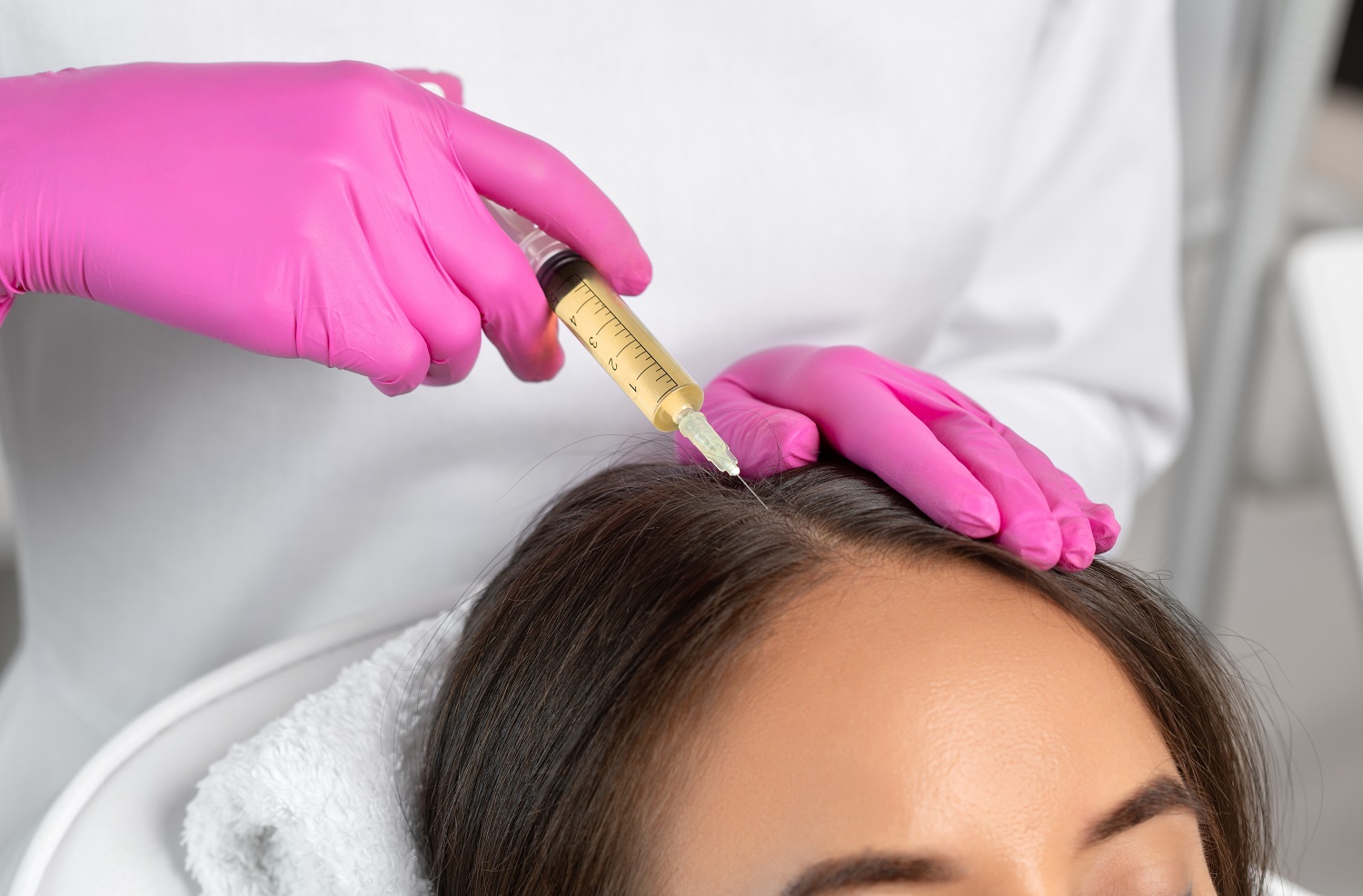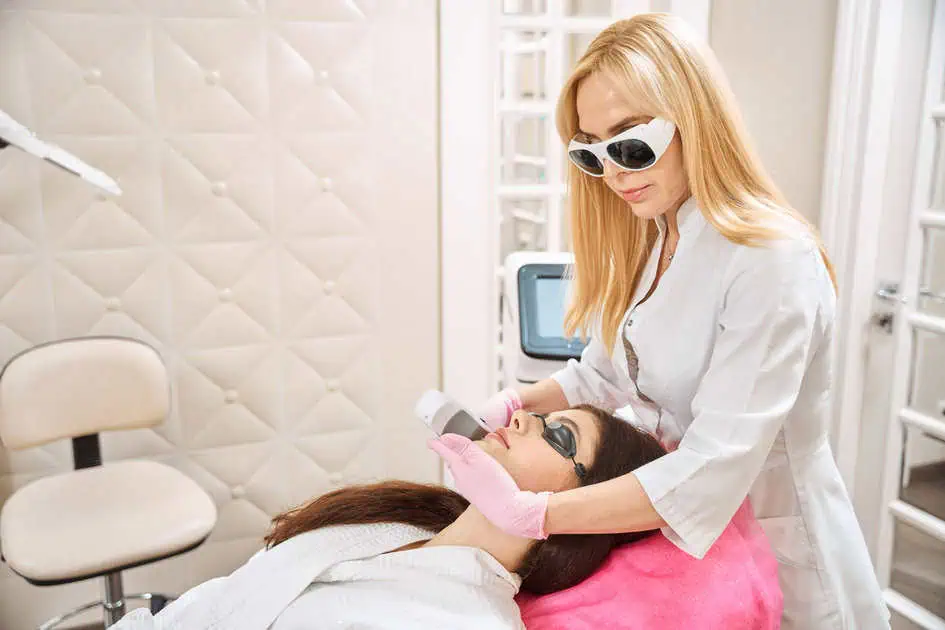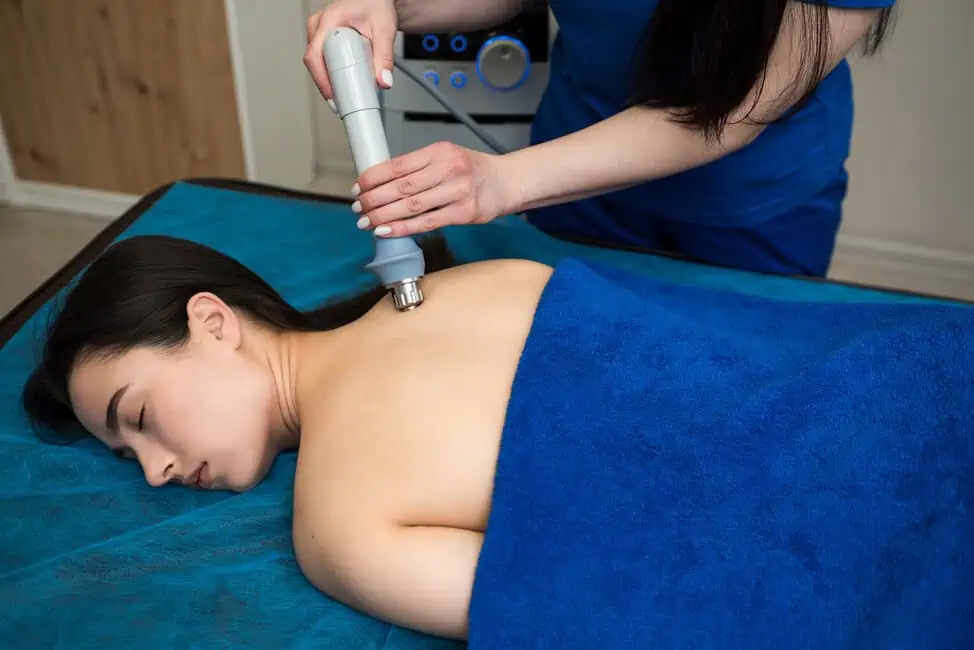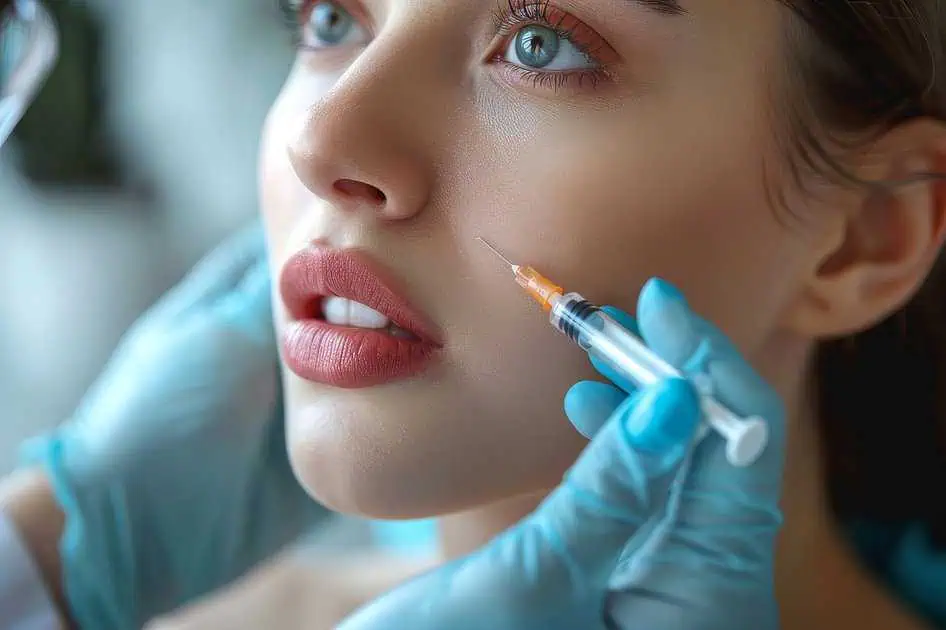Platelet Rich Plasma Therapy
Platelet Rich Plasma Therapy therapy is a form of rejuvenating medicine that stimulates the body’s natural healing process. The procedure is as simple as extracting a patient’s blood, separating and concentrating the plasma, and injecting it into the trouble area. In doing so, the site is flooded with growth factors that stimulate phases of soft tissue healing.
While surgeons first used PRP to encourage cell rejuvenation as far back as 1987, today, it is an advocated treatment for damaged joints, muscles, tendons, and ligaments. It is even used in dental and many aesthetic procedures.
Not quite sold on PRP therapy? Don’t worry. We’re here to walk you through the science, treatment, and everything else you need to know.
What Are Platelets And Plasma?
Blood is composed of cells and a protein-rich fluid called plasma. Platelets, or thrombocytes, are a specialized cell in blood that help with clotting and healing, while plasma contains key proteins and other important factors that are transported to an injury. Blood circulates nutrients, red and white blood cells, hormones, proteins, platelets, and waste products throughout the body.
When your body is injured, both platelets and plasma work together to begin the healing process.Hemostasis or clotting is the first step (within seconds to minutes), inflammation is the second step (up to 3 days), while the proliferation of new tissue is the third stage (3 weeks). Initially, fibrinogen (a protein made by the liver) is converted to Natural Growth Factors that cover a wound and adhere platelets.
Depending on the tissue injured, this process can be slow or incomplete. Worse still is when the process is interrupted, turned off, and the injury doesn’t heal. This is where PRP therapy steps in and jump-starts the body’s natural healing process.
How Does PRP Treatment Work?
PRP Treatment begins with the drawing of the patient’s blood. It is then placed in a centrifuge to separate components and concentrate the platelets. The concentration is then injected into the affected site. This is a simple procedure that we can complete in as little as 30 minutes.
After millions of platelet cells are introduced into and around the injury, the platelets release growth factors, the compounds that stimulate cellular repair and growth. By concentrating platelets at the site of an injury, the body part will benefit from between five to ten times the growth factors as what is contained in whole blood. These growth factors are crucial in the beginning phases of healing for several reasons, ranging from reducing inflammation to scar tissue formation and helping promote the growth of new blood vessels. PRP therapy thus magnifies the healing and cell renewal power of platelets.
Many of our patients may not realize this, but this is the first stage of healing. It begins almost immediately and does so without surgical interventions. For many patients, this is the key advantage of PRP therapy—not only is it non-invasive, but it treats the damaged area directly and more quickly.
At Source of Health, our goal is to make treatment as non-invasive as possible without compromising our patients’ health or healing time. By using state-of-the-art equipment and the latest in medical advancements, we can deliver comprehensive care to our patients. Personalized attention and treatment programs also help us to eliminate our patients’ pain and impairments, thereby helping them return to a baseline of normalcy.
What Types Of Injury Can Be Treated With PRP Therapy?
According to the Centers for Disease Control and Prevention, PRP therapy has benefited individuals with tendinitis, tennis elbow and golfer’s elbow, arthritis-related pain, and joint injuries.
Repetitive movements put a lot of stress and shock on tendons—a factor that eventually results in damage. Since tendons and ligaments receive very little blood flow, they heal at a much slower pace than the rest of the human body. As a result, natural recovery is painful and frustratingly slow.
This is where PRP treatment steps in and speeds up the process—by delivering platelet-rich plasma directly to the affected area, rejuvenation occurs faster. Many patients who approach our staff at Source of Health have explored surgical medical interventions and have not found relief from pain or chronic conditions. We firmly believe that patients can live life pain-free and that non-surgical alternatives like regenerative medicine can be personalized to offer patients improved joint functioning, reduced pain, and quicker healing after treatment.
Still need convincing?
High-profile sports personalities like golf superstar Tiger Woods and tennis celebrity Rafael Nadal have used PRP injections to treat injuries. They aren’t the only ones, though. Many sports enthusiasts and athletes have credited PRP therapy for healing injured hamstring muscles, knee sprains, and acute ligament and muscle injuries.
Is PRP Therapy Right For You?
PRP therapy isn’t just for athletes and sports celebrities. Many of our patients are everyday people with either musculoskeletal disorders (MSDs) or work-related musculoskeletal disorders (WMSDs).
Wondering what these are? Musculoskeletal disorders (MSDs) include back pain, hernia, Carpal Tunnel Syndrome (CTS), tears, strains, and sprains. MSDs are typically caused by lifestyle, occupation, activity levels, accidents (whiplash, fractures, etc.)
WMSDs are more commonly seen among workers involved in construction, agriculture, manufacturing, and similar industries. Here, musculoskeletal disorders are caused by repetitive, stressful movements at work. Connective tissue diseases caused by overexertion, repetitive motion, bending, twisting, climbing, reaching, and crawling can develop into chronic and even lifetime conditions. Such conditions respond particularly well to PRP therapy.
Most of our patients prefer PRP over traditional treatment procedures as it is a low-pain and minimally invasive therapy. Since PRP therapy aids in the reduction of pain, improvement in joint function, and repairing cartilage damage, it can be the difference between an extended recovery time and a short one.
PRP injections are also becoming common for aesthetic procedures. A common concern addressed by PRP treatment is stimulation collagen production in skin and hair growth via transplants, treatment of male pattern baldness (androgenic alopecia), and supporting cosmetic procedures. However, annual touch-up injections are needed for maintained results.
Whether you need PRP treatment for a chronic condition or a cosmetic one, at Source of Health, we understand that you want to look and feel your best. This is why our staff is dedicated to working closely with you to design a personalized path to a life free of symptoms.
Why Is PRP Treatment A Preferred Solution To Degeneration?
MSDs are considered degenerative diseases because the symptoms in the afflicted areas become worse over time. These include pain and discomfort, which could inhibit the performance of routine and daily activities.
Several remedies target MSDs, such as exercise, painkillers, physical therapy, and occupational therapy. However, many patients select Platelet Rich Plasma Therapy. Here’s why:
- It is a simple procedure, and most patients can resume their normal activities right after.
- The treatment requires fewer visits.
- You can discontinue the consumption of anti-inflammatory drugs or opioids, which are habit-forming and lead to stomach problems, increased blood pressure, and heart conditions.
- Side effects are few or non-existent, given that the plasma comes from your blood.
- Platelet-rich Plasma has 5-10 times more growth factors than whole blood, making it more potent for healing.
- Highly competitive athletes find minimal downtime convenient as it does not interrupt their training schedule.
- For patients suffering from osteoarthritis, PRP treatment is a welcome alternative to major surgeries where long-term rehabilitation follows the procedure.
Is PRP Therapy Safe?
Yes, PRP treatment is safe because the injected plasma comes from the patient’s blood.
However, to minimize risks, the following precautions are recommended:
- Inform your doctor of any prescriptions or over-the-counter medications you may be taking.
- Refrain from taking medications that may extend the duration of bleeding, including blood thinners (including fish oils and turmeric), ibuprofen, naproxen, and aspirin.
- It is never recommended to undergo the procedure on an empty stomach to avoid low blood sugar drops.
Soreness and bruising at the treated site for 2-3 days is normal, but severe pain or skin discoloration that lasts longer is not. If either occurs, call your doctor right away.
Are There Risks and Side Effects From PRP Injections?
PRP injection is regarded as autologous transplantation. This means that the blood used for your treatment comes from your body—eliminating complications such as mismatch, infection, rejection, etc. There is also a zero risk for allergies or an immune reaction since it is your own PRP.
The risk of infection, though, may exist from the syringe and needle used for the procedure. Therefore, it is critical that you carefully vet your doctor and discuss the details of the procedure before you sign on the dotted line.
Source of Health’s state-of-the-art non-surgical facility is powered by the highest ethical practices and following all safety guidelines as our patients’ health, and well-being is our primary concern.
Final Thoughts
PRP treatment is effective, but keep in mind that results vary from person to person. The reason is simple: compared to mass-produced medications, each PRP injection is unique as they are made from the patients’ blood.
Platelet-rich plasma differs in structure for every individual as well. Platelet concentration, white blood cells, and red blood cells are variables that affect this make-up. Also, not all doctors apply the same formulation and preparation method for the PRP solution.
Even more important is the state of health in the individual; those with diabetes, obesity, auto-immune diseases, and cancer are often poor candidates for this type of therapy.
Thus, it is important to avoid comparisons on the efficacy of PRP therapy. Some patients may experience improvement in a shorter period than others. Likewise, the intensity of pain and bruising in the injected area will be different in each case.
Whether it is your lifestyle, an accident, or an occupation that led to your musculoskeletal disorder, explore non-invasive and quick healing plans with Source of Health. We offer many services ranging from regenerative medicine to physical therapy, functional and aesthetic medicine to help you attain your health goals.






